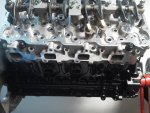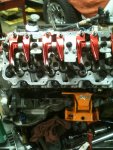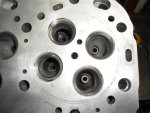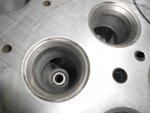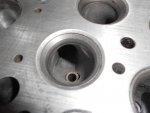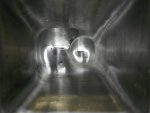Sorry, I won't be spending the money when I have to build a circle track Ford Ranger, build a flow bench and planning my FED. Porting is doing fine for now. I just need to buy some long arbors for down by the bowl. As far as the adding material, I meant more within the port in some areas if needed.
I suppose I will have to inject a dye while the head is flowed to find inactive areas.
Do they have a sheet of flow numbers for the Wagler/Brodix heads on their website?
I suppose I will have to inject a dye while the head is flowed to find inactive areas.
Do they have a sheet of flow numbers for the Wagler/Brodix heads on their website?




